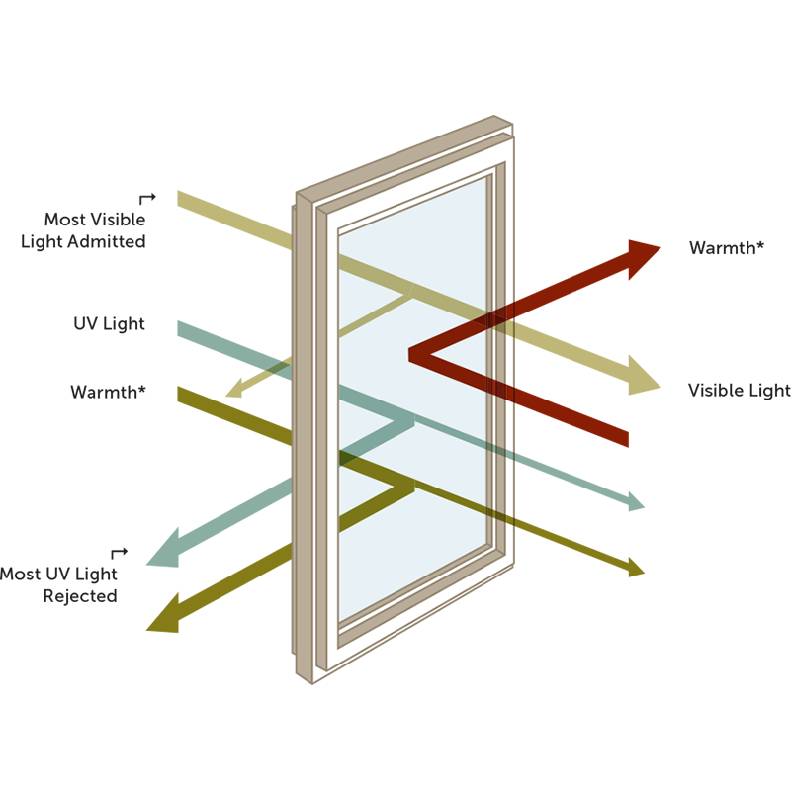

Exploring the Allure of Black Float Glass
Black float glass is a versatile and aesthetically pleasing material that has gained significant popularity in modern architecture and design. First introduced in the mid-20th century, this type of glass is produced through the float glass process, where molten glass is floated on molten tin to create a smooth, flat surface. The addition of black coloring agents gives it a striking deep black hue that enhances its applications in both residential and commercial environments.
One of the most compelling features of black float glass is its ability to create an illusion of depth and infinity. When used in architecture, it reflects the surrounding environment, allowing buildings to integrate seamlessly into their natural backdrop. This quality not only adds a touch of luxury but also blurs the boundaries between indoor and outdoor spaces. Architects and designers frequently utilize black float glass in facades, windows, and interior design elements, capitalizing on its striking appearance and reflective capabilities.
In interior design, black float glass serves a variety of purposes. It can be used to create stunning accent walls, modern furniture pieces, or even art installations. As a material for tabletops, it offers both beauty and functionality, merging seamlessly with minimalist decor or contrasting with more ornate styles. The reflective quality of the glass can enhance lighting effects within a room, providing a sophisticated ambiance without overwhelming the space.

Furthermore, black float glass is not just about aesthetics; it also offers practical benefits
. It provides excellent thermal insulation, helping to regulate internal temperatures and reduce energy consumption. This makes it an eco-friendly choice for eco-conscious architects and builders. Additionally, the glass is often treated to provide increased durability and resistance to scratches and weather elements, making it suitable for both indoor and outdoor use.Safety features are another important aspect of black float glass. When used in doors and windows, it can be manufactured to meet safety standards, ensuring that it withstands structural stresses and can be used in areas requiring enhanced security. This makes it a popular choice in commercial constructions, such as office buildings and storefronts, where both safety and style are paramount.
Moreover, as sustainability becomes a crucial consideration in modern construction, black float glass presents an attractive option for architects looking to create energy-efficient buildings. Its ability to reflect sunlight can contribute to reducing cooling costs in warmer climates while letting natural light filter in, thereby reducing the need for artificial lighting during the day.
In conclusion, black float glass stands out as an exceptional material that beautifully marries form and function. With its elegant appearance, reflective properties, and practical benefits, it has found its place in the hearts of architects and designers. As trends continue to evolve, the allure of black float glass is likely to grow, cementing its role in the future of design and architecture. Whether used in homes, offices, or public spaces, its versatility and beauty are sure to make a lasting impression.